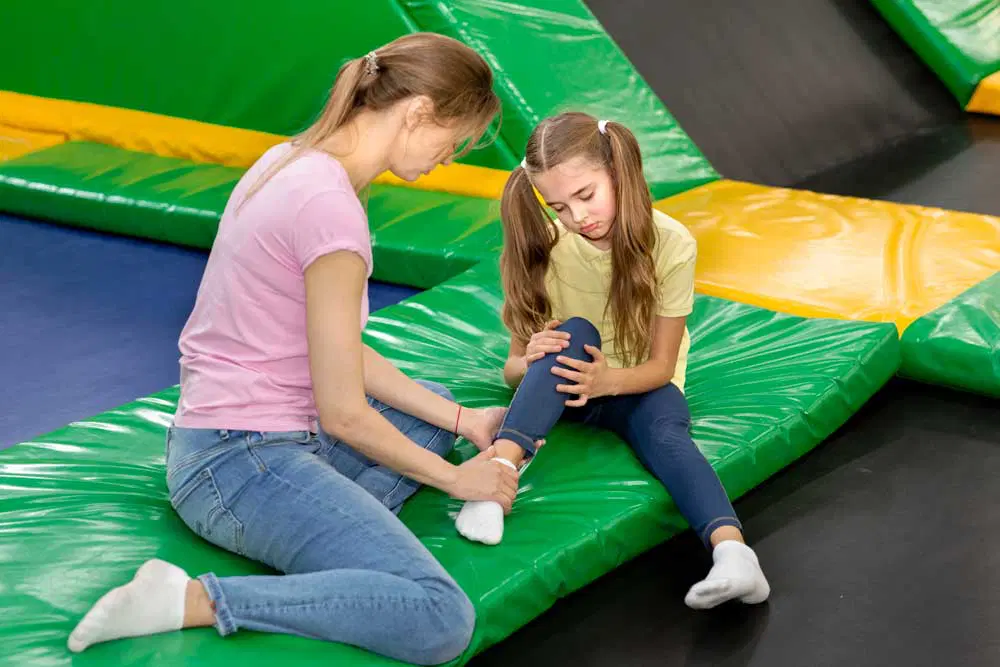
Top Causes of Amusement Park Accidents
Content warning: this post and the embedded links contain descriptions of graphic deaths and injuries at amusement parks.
Amusement parks have started to reopen across the U.S. with special precautions to prevent the spread of COVID-19. While this year is going to look different in terms of summer vacations, families still have the option to visit parks such as DisneyWorld and Cedar Point while maintaining health protocols such as limited capacity, enforced use of masks, and occasionally, health screenings.
Amusement park reopenings are no doubt a relief for many families hoping to make some good memories after long periods of quarantining and business closures. However, while following procedures to stay safe from COVID-19, amusement park goers should also be aware of how to prevent serious injuries and what to do if injuries happen.
CNN Health reports that there were an estimated 30,000 injuries resulting from amusement parks in 2016.
Amusement Park Horror Stories
Horrifying amusement park accidents have happened all over the world – from Disneyland in California to DreamWorld in Australia to Lightwater Valley Theme Park in England. Hitting close to home was a 2016 accident at the Idlewild & Soak Zone Amusement Park here in Pittsburgh. In this tragic accident, a 3-year old boy was ejected from the “Rollo Coaster” and suffered serious injuries. PennLive reported that factors contributing to the accident included unsecured riders, no secondary restraints, modifications to the original equipment, height of riders, and maintenance and structural conditions.
Most Common Amusement Park Injuries
According to Nolo, common injuries resulting from amusement park accidents include:
- Head, neck, and back injuries stemming from the impact of bumper car rides or from being whipped around on spinning rides and roller coasters.
- Stroke from trauma to ligaments in the neck.
- Traumatic brain injury from G-forces and other stresses experienced by the brain during extremely rapid speeds or from detached objects hitting the rider’s head.
- Brain aneurysms from roller coasters or other fast rides.
- Lacerations, broken bones, and torn ligaments from various causes.
- Drowning from water slides, “lazy river” rides, and other water rides.
- Death due to falling or being thrown from a ride
Top Causes of Amusement Park Accidents
The CPSC reports the top contributing factors to amusement park injuries and fatalities. Injuries most frequently occur due to:
- Mechanical failures. Mechanical failures can result from a manufacturing defect or negligence in the park’s maintenance. Mechanical failures can lead to lap bars detaching mid-ride, a roller coaster car detaching, or structural component breaks.
- Improper operation of the ride. Ride operators can lead to accidents by stopping the ride at the wrong times or incorrectly latching seatbelts or lap bars.
- Passenger negligence. By misusing rides or failing to follow instructions, passengers can cause accidents that injure or kill themselves and others. Intentionally rocking a car, standing up mid-ride, unlatching safety restraints, sitting improperly, or holding a child above the safety restraint can result in serious accidents.
- Inherent nature of the ride. Even without mechanical defects, negligence, operation error, or misuse, amusement park rides sometimes cause injuries just due to the intended elements of the ride. Passengers can end up with cerebral and retinal hemorrhage, subdural hematoma, loss of consciousness, headaches, and dizziness. Passengers should always read the ride warnings and avoid rides that might aggravate a pre-existing condition.
- “Freak Accidents.” Sometimes investigators can’t find any negligence, errors, or inherent problems to a ride that was the scene of an accident.
Tips for Amusement Park Safety
Usually, simply following the rules and common sense can keep everyone safe. CNN Health shares some important guidelines for staying safe at amusement parks and fairs:
- Always follow all posted height, age, weight, and health restrictions.
- Always adhere to any special seating orders and/or loading instructions.
- Always use safety equipment such as seat belts and safety bars.
- Ensure that children keep hands and feet inside the ride at all times.
- If you don’t think your child will be able to follow the rules, keep him/her off the ride.
- Trust your instincts. If you feel concerned, don’t ride!
- Avoid “mall rides” if they are over a hard, unpadded surface or if they don’t have a child restraint (such as a safety bar or seatbelt).
What Are Your Rights If You’re Injured at an Amusement Park?
If you’re injured because of someone else’s negligence, you have the legal right to bring a lawsuit against the at-fault party. You can claim compensation for your injuries – including medical bills, pain and suffering, loss of abilities, lost income, and much more! But even if you know you are innocent, proving fault and gathering strong evidence can be challenging. Scanlon & Wojton, LLC is a legal team highly experienced in dealing with amusement park accident victims. Contact our Pittsburgh office at (412) 918-1241 or online.
Scanlon & Wojton, Attorneys at Law
The Mitchell Building
304 Ross Street, Suite 510
Pittsburgh, PA, 15219
Phone: (412) 918-1241
